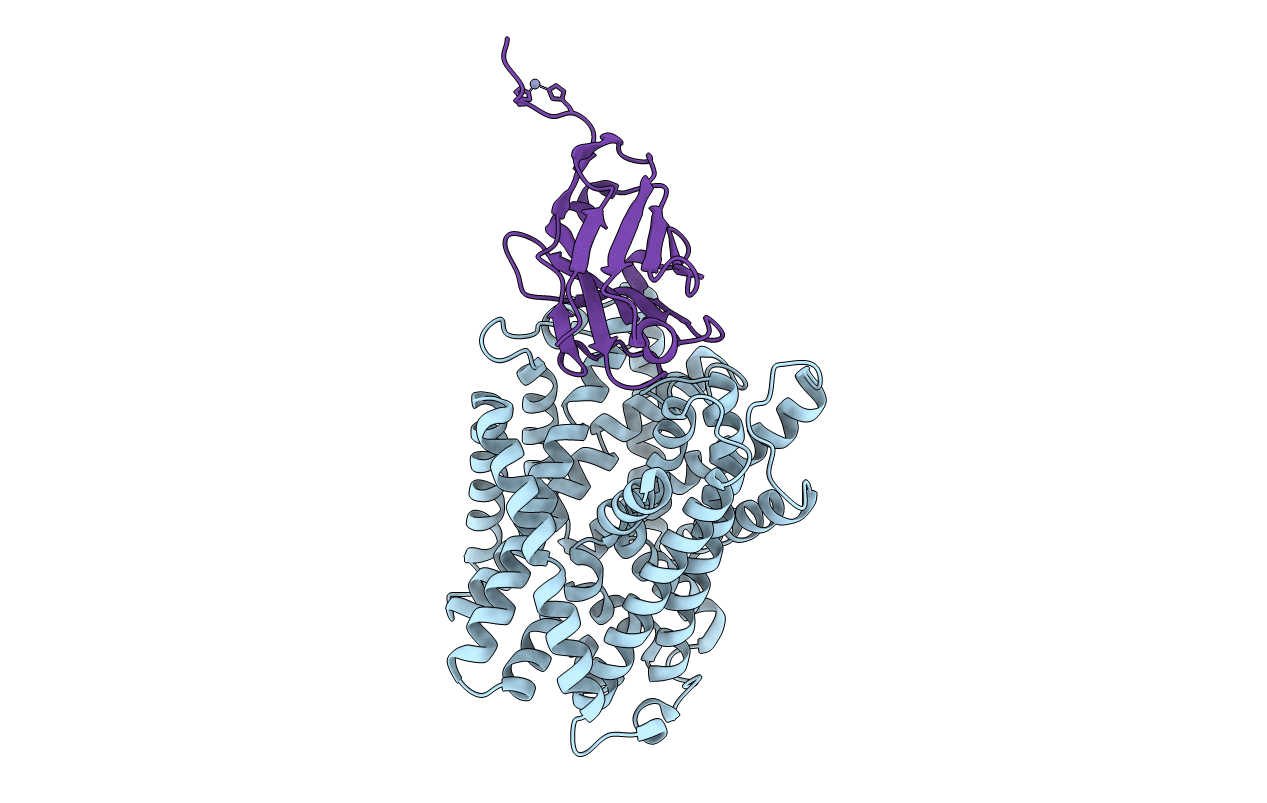
Deposition Date
2017-11-24
Release Date
2019-04-24
Last Version Date
2024-10-16
Entry Detail
PDB ID:
6F2G
Keywords:
Title:
Bacterial asc transporter crystal structure in open to in conformation
Biological Source:
Source Organism:
Carnobacterium sp. AT7 (Taxon ID: 333990)
Lama glama (Taxon ID: 9844)
Lama glama (Taxon ID: 9844)
Host Organism:
Method Details:
Experimental Method:
Resolution:
2.92 Å
R-Value Free:
0.26
R-Value Work:
0.23
R-Value Observed:
0.23
Space Group:
P 41 21 2


